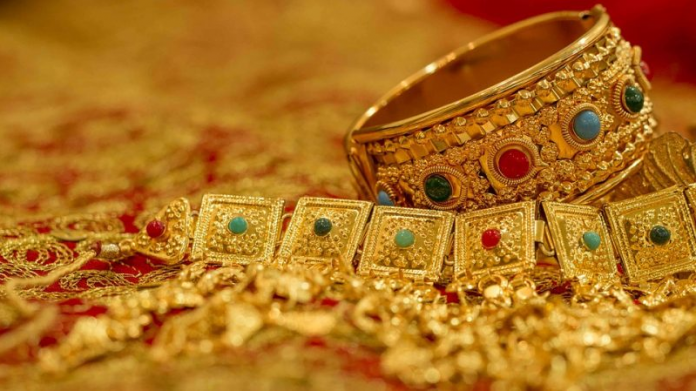Gold has always been both, an investment asset as well as a security against future borrowings. In India, several borrowers take loans by mortgaging their gold to fund their cash outflows. Gold loans are a comfortable product, and customers can get a loan over the counter in a matter of 30 minutes. As the price of gold had been spiralling in the recent past, borrowers were able to get a higher loan amount than in the past, against the same quantity of gold.
Over the past few months, the price of gold had been peaking in India, having reached an all-time high of around Rs.55,000 this July, the first time in its history. However, as experts predicted, a correction in the gold market was expected to allow the investor sentiment to return from the extremes it had reached. Right enough, the prices of gold witnessed a correction of Rs.4,400 per 10 grams, which was an 8% reduction in its value.
In India, banks and financial institutions lend money to borrowers against a pledge of gold ornaments and jewellery. The reserve bank has fixed a loan-to-value (LTV) ratio of 90% on gold loans from banks, and 75% on gold loans from non-banking financial companies. LTV refers to the percentage of the loan amount disbursed, against the value of gold pledged with the bank.
With the correction in gold prices, the LTV also gets increased. For example, if a bank has given a loan of Rs.8.5 lakh against a gold value of Rs.10 lakh, then the LTV will be 85%. If the gold value falls to Rs.9.2 lakh, then the LTV would increase to around 92%. In such cases, the borrowers might be asked to bring in additional collateral or prepay the loan.
Most banks and lending institutions have a clause in the loan agreement, which specifies that the borrower would need to make a part or full payment of the loan in case the gold values get corrected. The clause could also state that additional collateral may need to be provided to bring the LTV up to the required level.
Also Read: EPFO decides to credit part of 8.5% interest for FY20: Report
Most lending institutions will not need to follow through the above requirements, as a sufficient amount is usually kept as a margin at the time of disbursing the loan. However, this call lies solely with the financial institution. High LTVs provide a higher risk to the lenders. Most financial institutions do not offer loans to borrowers at the limits laid down by the RBI, but lower than them, with a sufficient buffer for price fluctuations.
The implications of this correction affect both lenders and borrowers. For lenders, it warrants a revision in their lending policies, and a possible right to recall loans in case of an extraordinary fluctuation in prices. The asset coverage will need to be carefully monitored to safeguard against negative corrections or declines in the gold prices. A lower LTV policy may need to be set if a further drop in prices is expected.
For borrowers, it could be an unbudgeted expenditure, having to prepay their loans or pledge additional collaterals. To an extent, it does depend on the tenure of the loan remaining and the borrower’s relationship with the bank. For new borrowers, it would mean that they can now borrow a lower loan amount against the corrected value of gold, and possibly higher interest rates.
Overall, with gold prices still at a high, it would make sense to take loans against this commodity, but after keeping in mind the present LTV and the fact that it could fall in the future.


